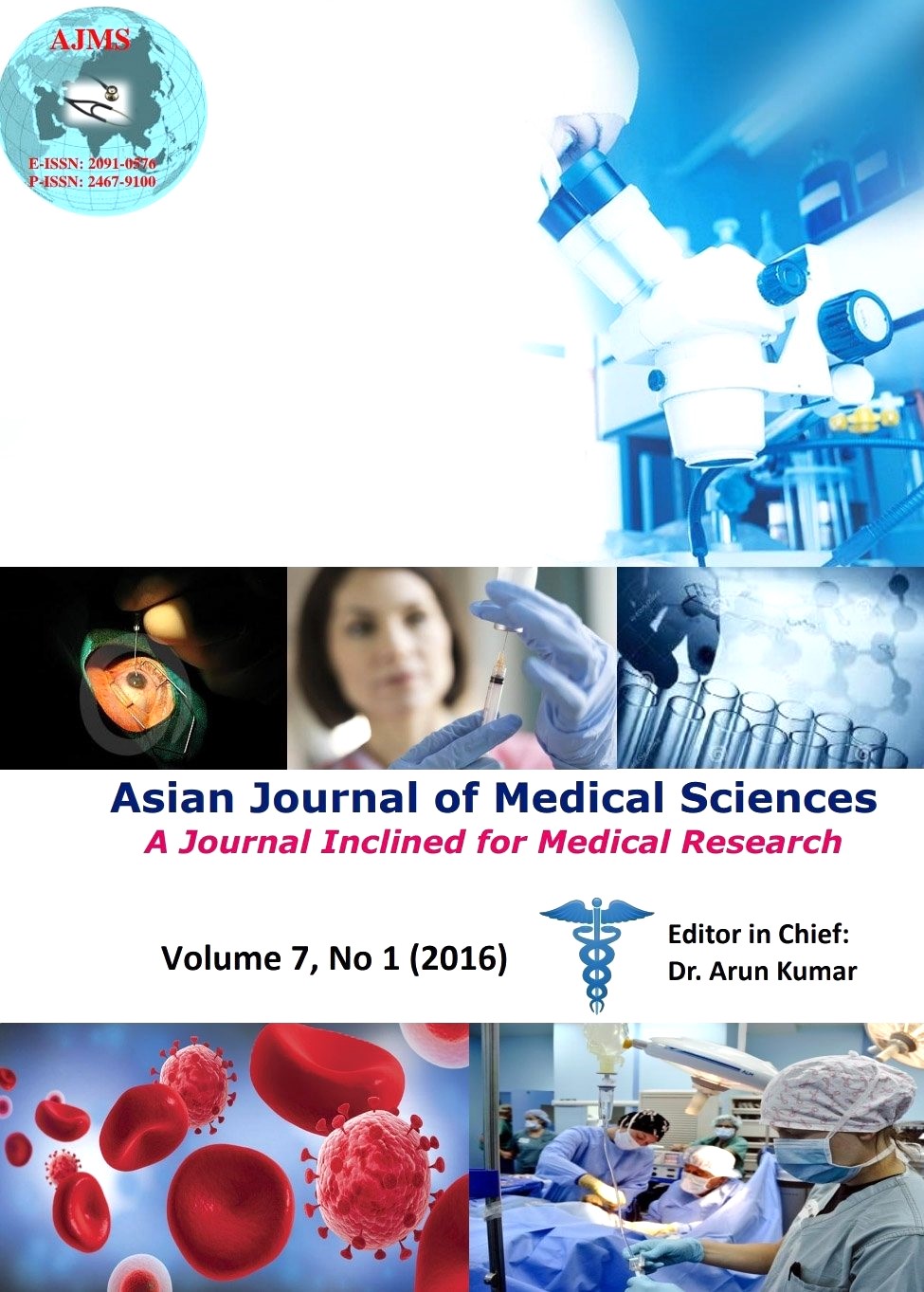Prevalence of SRY and DAX-1 gene deletion in patients with Cryptorchidism and Hypospadias – A Pilot study in North Indian Children
Keywords:
Cryptorchidism, Hypospadias, Disorders of Sexual Differentiation, SRY, DAX-1Abstract
Background: Cryptorchidism and hypospadias are common problems in males attending the pediatric surgery clinic. These two abnormalities are also associated with genetic syndromes/disorders of sexual development (DSD).
Aims and Objectives: Aim of present study was to find out the prevalence of SRY and DAX-1 gene deletions in phenotypic males with cryptorchidism or hypospadias.
Materials and Methods: Children with cryptorchidism, or hypospadias attending the Pediatric Surgery OPD were enrolled for the study after informed consent. One blood sample (4ml) was taken from each patient for DNA analysis and PCR amplification of SRY and DAX-1 genes was done using the previously described primers. PCR for DAX and SRY genes was done according to a standard protocol.
Results: The age ranged from 12 months to 144 months. Twenty-nine children had cryptorchidism and 22 had hypospadias. Out of 29 children having cryptorchidism, 11 had right side cryptorchidism and 7 had bilateral cryptorchidism. Out of 22 children having hypospadias, 13 had distal penile hypospadias. The DNA analysis showed amplification of DAX gene in all 51 patients. SRY gene showed amplification in 50/51 patients and one patient’s DNA did not show amplification.
Conclusion: More extensive studies are needed to explore the enigma of genetic basis involved in DSD. Cryptorchidism and hypospadias are anomalies with potentially severe consequences, such as infertility and testicular cancer, and more research efforts can help in characterization of cause of these abnormalities.
Asian Journal of Medical Sciences Vol.7(1) 2015 24-29
Downloads
Downloads
Additional Files
Published
How to Cite
Issue
Section
License
Authors who publish with this journal agree to the following terms:
- The journal holds copyright and publishes the work under a Creative Commons CC-BY-NC license that permits use, distribution and reprduction in any medium, provided the original work is properly cited and is not used for commercial purposes. The journal should be recognised as the original publisher of this work.
- Authors are able to enter into separate, additional contractual arrangements for the non-exclusive distribution of the journal's published version of the work (e.g., post it to an institutional repository or publish it in a book), with an acknowledgement of its initial publication in this journal.
- Authors are permitted and encouraged to post their work online (e.g., in institutional repositories or on their website) prior to and during the submission process, as it can lead to productive exchanges, as well as earlier and greater citation of published work (See The Effect of Open Access).




